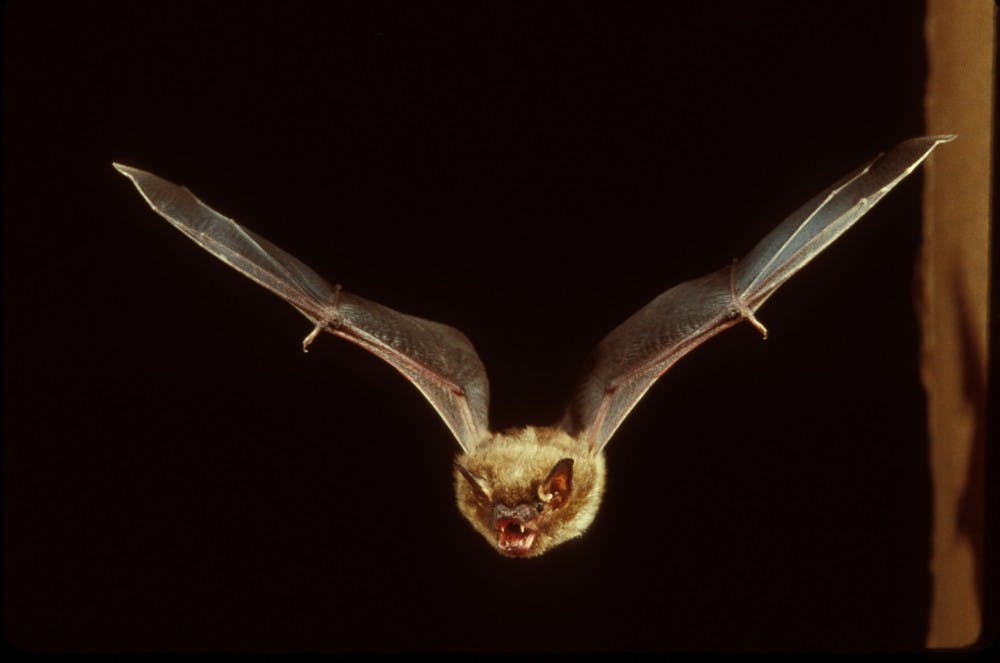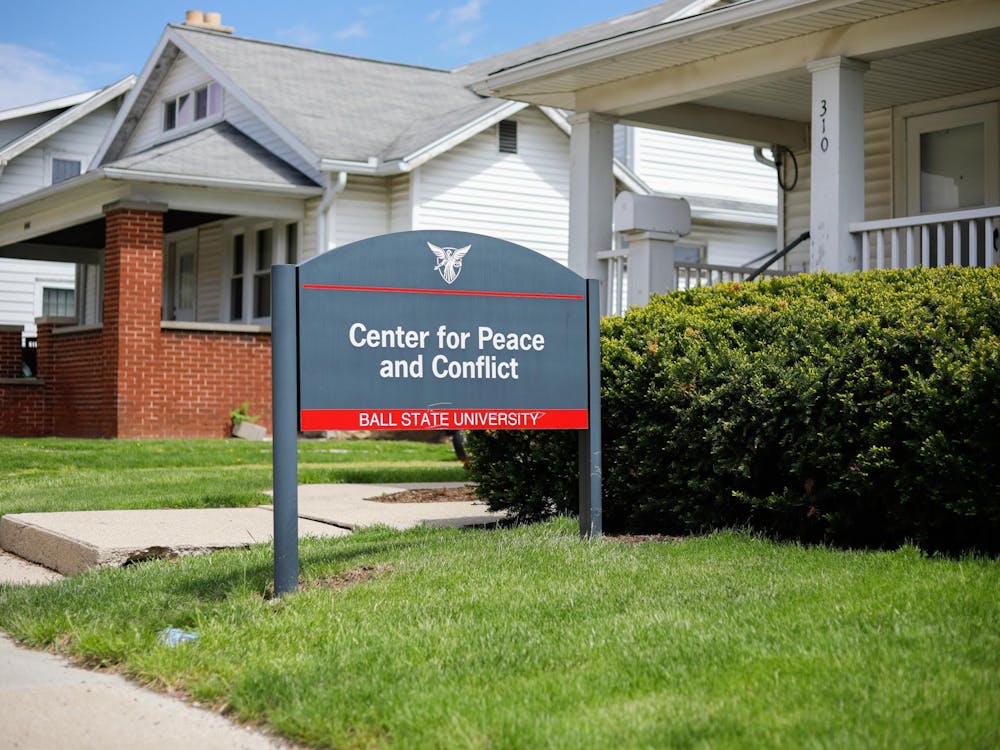There have been multiple reports of bat sightings at Ball State and surrounding areas.
Park Hall recently found a bat in the building, and the bad made it up to the third floor before it was found by a custodian. The bat was trapped against a wall with a broom, before being trapped into a garbage bag and released outside.
The Virginia B. Ball Center for Creative Inquiry has also had a recent encounter with the animals.
Laura Huffman, the center's media director, was leading a class in the downstairs living room when the bat made itself known.
“All of a sudden in the middle of a student’s conversation, a bat started flying circles really quickly around the room,” Huffman said. “It would take a few dives towards people as it was deciding where to fly because it was confused with all the noise.”
Huffman, who had previously encountered bats in the building, opened all the windows and advised students to remain still. Eventually the bat retreated to the top of a bookshelf. When animal control arrived the next morning, the bat was gone, and animal control figured it had found its way out through the open windows during the night.
Kristie Marie, environmental consultant and Ball State alumna, said one possible reason for increased bat sightings is the seasonal presence of young, juvenile bats, learning to navigate their environment for the first time.
“Just like teenagers learning to drive, there are bound to be some accidents,” Marie said. “[Bats] also begin to disperse and move into mating routes in September and October."
Bats look for places where they will be protected over the winter months, she said.
These places often include old buildings with high ceilings, such as Bracken Library, which has seen multiple bats just since the start of the school year.
Timothy Carter, associate professor of the biology department, has rescued several since the school semester started.
“The library knows to call me and my graduate students to come get the bat,” Carter said.
Suzanne Rice, assistant dean for public services, whose office is housed within the library, said there have never been any damages associated with the bats.
“Bats are an integral part of the ecosystem and they don’t want to be in the building any more than we want them there,” Rice said. “Dr. Carter and the area graduate students are experts and willing to take the time to appropriately capture the animal, so we appreciate their care and handling of them. “
If a bat is seen in a building on campus, Carter recommends not to touch it.
“It’s very rare that bats are sick or have disease,” he said. “But if it’s in the house, it could’ve ended up there because it had a health problem that affected them to make a bad decision, and take a wrong turn.”





